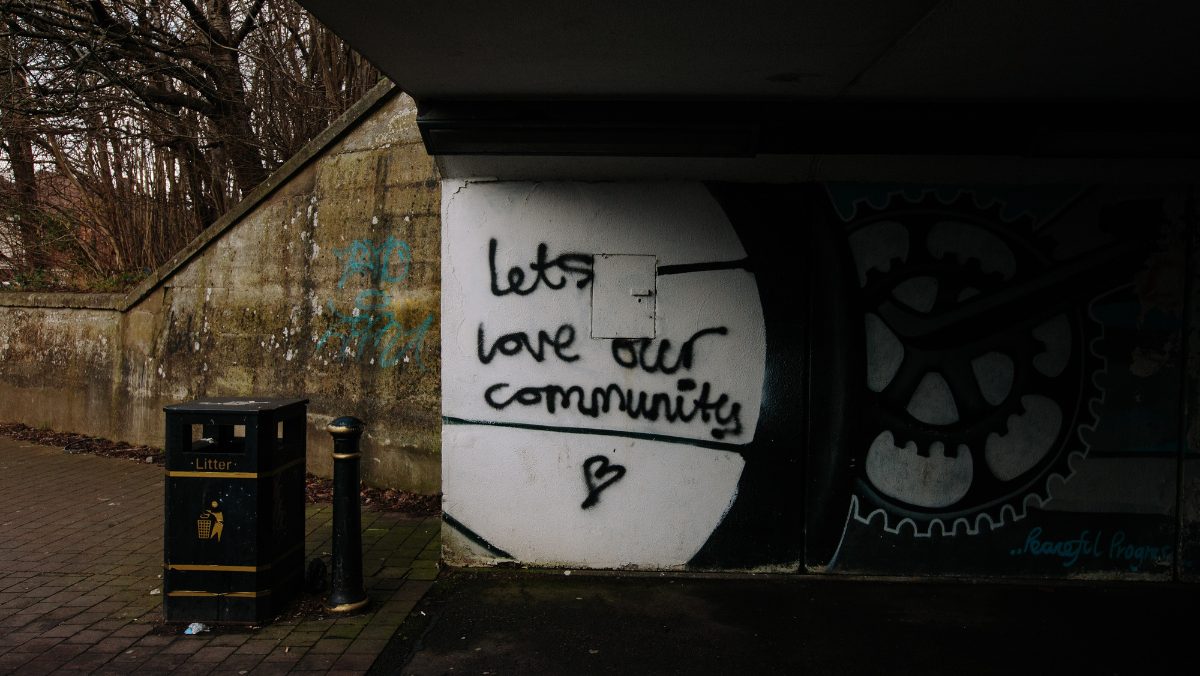
The concept of brand started simply enough as a way to differentiate one product from another, a mark to identify the maker. By the late 19th century, laws were established in many countries to legally protect the use of branded marks, including logos, names and slogans. But, as product choice exploded through the industrial revolution, logos became more about differentiation than identification. As product quality began to even out with modern manufacturing, a familiar product logo was no longer enough to win over consumers in competitive markets.
So, in the 1950’s brand marketing was born. Brands began projecting themselves as a collection of ideals and promises that aligned with the consumers they were courting. Consumers began to identify themselves more and more by the brands they were loyal to. In this way, brand loyalty became a two way street where customers were willing to stick with and support a brand as long as the brand kept in line with the ideals of those customers.
Today, many brands are more recognizable by the type of customers they have than by the products they sell. Take the iconic motorcycle brand Harley Davidson, you can likely picture a typical Harley owner more easily than you can picture any particular Harley Davidson model, or how it compares to other motorcycles in the market. If you don’t picture yourself to be one of these people, you probably won’t buy a Harley regardless of the quality or price.
One key aspect of ownership is control. The rise of brand marketing, and with it brand loyalty, shifted the control of a brand dramatically away from the brand’s creators to the brand’s customers. At its core, a brand is the sum of all the individual experiences that customers have with it. As the collective experience creates more value for the brand, customers have more control over the brand.
Don’t get me wrong, a brand isn’t purely at the mercy of its customers, especially when its own customers don’t align with the brand’s ideals. When the white-nationalist group, the Proud Boys, began wearing black and yellow Fred Perry polo shirts as an unofficial uniform, the brand made a tough but decisive decision to stop manufacturing that shirt color all together. They went even further by donating a portion of their Black Friday sales to charities including the NAACP Legal Defense and Education Fund.
In other words, they turned away customers in order to protect their brand ideals and attract the type of customers that support those ideals. In return, some of their biggest fans started an Instagram account dedicated to keeping Fred Perry from becoming a symbol of hate, generating even more brand value along the way.
This balance of a brand defining what it wants to be and the way its customers, fans, and advocates reflect it back into the world is where the ownership truly lies. So, if a brand is actually co-owned by the brand creators and its customers, what do brands owe their customers outside of the products and services they sell?
“At a base level, brands need to keep their promises. When a brand sets out to represent the values and feelings of the consumers they are targeting, they owe it to those consumers to stay true to those values, understanding that many of their customers may support the brand for what it stands for as much as what it sells.”
But, brands can take things a step further by empowering their advocates to extend that brand co-ownership through user generated content, community building, and even profit sharing. In fact, some emerging technologies are making these things much easier and potentially necessary for modern brands.
The recent rise of generative AI tools will likely make everyone a creator, and many early adopters are already generating branded content with these tools. A search for “Nike” on the generative art search engine Lexica.art immediately surfaces thousands of Nike shoe concepts and fashion layouts. It will likely prove much harder for Nike to stop the generation of these images than it will for them to embrace the fan art creations and champion those that most fit within the brand ideals that Nike wants to project.
If the promise of Web3 ever takes hold, it could dramatically alter how brands and consumers interact. It’s a vision of a world that rewards customers for their engagement with a brand, and one where customers can actually benefit financially for being a part of building the brand’s story.
In the end, it’s the brand creating the promise, the customers championing that promise, and the collective action that leads to success. So, who really owns a brand? While legally it may be registered to one entity, it is the collective community of creators, stakeholders, customers and fans that makes the brand what it is.
Cover image source: Mike Erskine